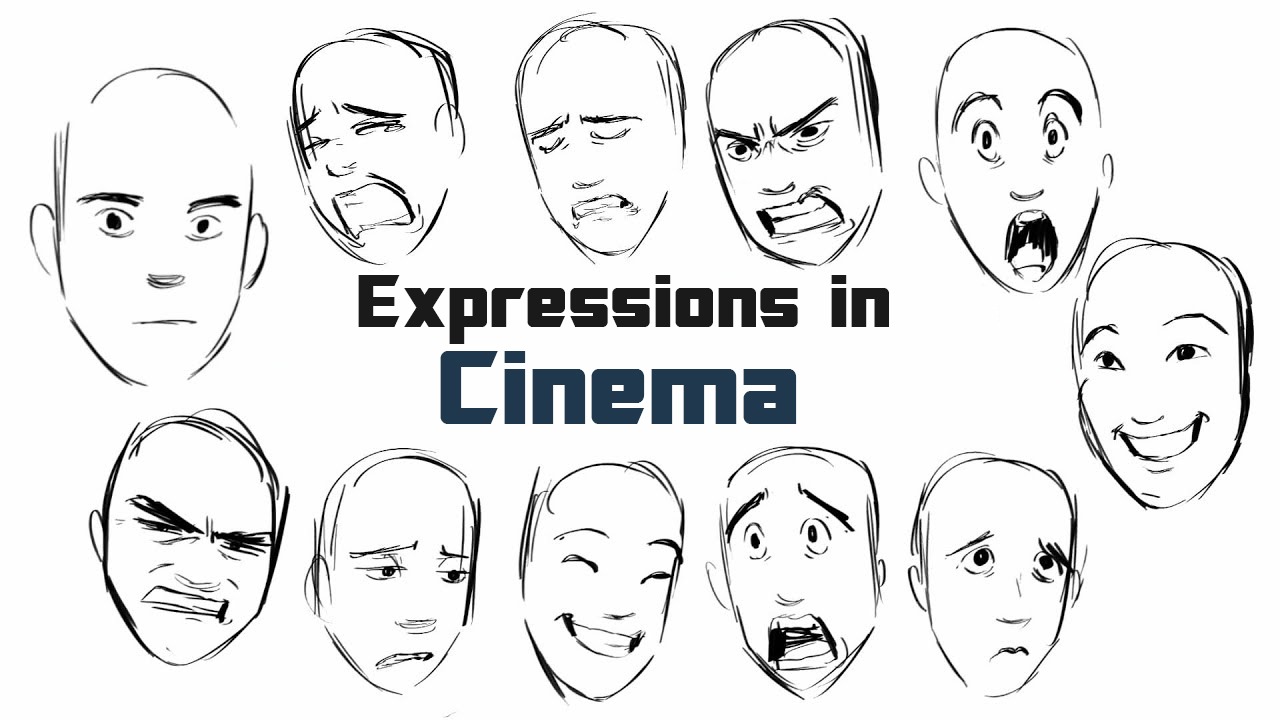In cinema, the use of neutral, oblique, and direct expressions can greatly impact the storytelling and the emotional resonance of a scene. Let's explore each type of expression with examples and anecdotes:
1. Neutral Expressions:
Neutral expressions are often used to convey information or actions without imposing a specific emotional tone. They serve as a straightforward representation of events or dialogue. Here's an example:
Anecdote: In a crime thriller, a detective is interrogating a suspect. The detective asks, "Where were you on the night of the murder?" The suspect responds neutrally, "I was at home all evening."
In this example, the neutral expression is used to present factual information without revealing the suspect's true feelings or intentions. It maintains a sense of mystery and leaves room for interpretation.
According to film scholar David Bordwell, neutral expressions in cinema often involve "a straightforward presentation of events or dialogue without imposing a specific emotional tone." An example of a neutral expression can be seen in the film "12 Angry Men" (1957), where the jurors engage in a factual and objective discussion about the case, focusing on the evidence and testimonies without revealing their personal biases or emotions.
2. Oblique Expressions:
Oblique expressions involve using indirect or subtle cues to convey emotions, thoughts, or underlying meanings. They rely on symbolism, subtext, or visual metaphors to create a deeper impact. Here's an example:
Anecdote: In a romantic drama, a couple is having a heated argument. Rather than directly expressing their emotions through dialogue, the director uses oblique expressions. As the couple argues, the camera focuses on a wilting flower in a vase, symbolizing their deteriorating relationship.
In this example, the oblique expression of the wilting flower visually represents the couple's emotional state, adding depth and complexity to the scene.
In his book "Film Art: An Introduction," author David Bordwell describes oblique expressions as the use of indirect cues, symbolism, or subtext to convey emotions or underlying meanings in cinema. An academic example of oblique expression can be observed in the film "Lost in Translation" (2003), directed by Sofia Coppola. The strained relationship between the two main characters is visually conveyed through their distant gazes, long pauses, and the use of empty spaces, allowing the audience to interpret their emotional states and the complexities of their connection.
3. Direct Expressions:
Direct expressions are characterized by open and explicit communication of emotions, thoughts, or intentions. They leave little room for interpretation and can create powerful and immediate impact. Here's an example:
Anecdote: In a war film, a soldier's best friend is killed in action. Overwhelmed by grief, the soldier falls to his knees and screams out in anguish, "Why did you have to die?!"
In this example, the direct expression of the soldier's anguish through a loud cry and a question conveys the intensity of his emotions, leaving the audience with no doubt about his state of mind.
Direct expressions in cinema involve open and explicit communication of emotions, leaving little room for interpretation. Film scholar Robert McKee explains that direct expressions are often used to create immediate impact and evoke intense emotions in the audience. An academic example of direct expression can be found in the film "Requiem for a Dream" (2000), directed by Darren Aronofsky. The characters' descent into addiction is portrayed through graphic and visceral imagery, confrontational dialogue, and extreme close-ups, leaving the audience with a powerful and unambiguous portrayal of their emotional turmoil.
It's important to note that the choice between neutral, oblique, and direct expressions depends on the desired effect, genre, and narrative context of the film. Filmmakers employ a range of expression techniques to evoke specific emotions, engage the audience, and enhance the storytelling experience.

QaqTbrlmSgKdJH
QaqTbrlmSgKdJH